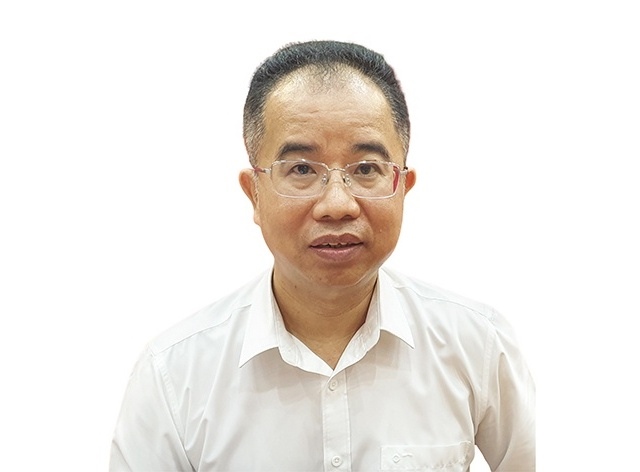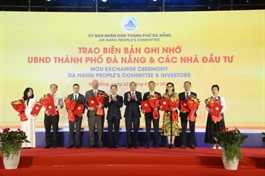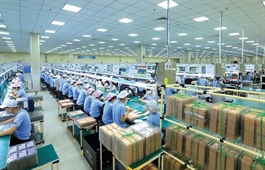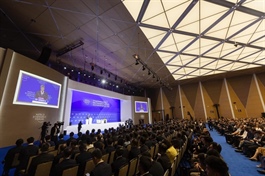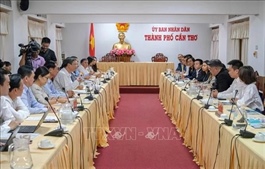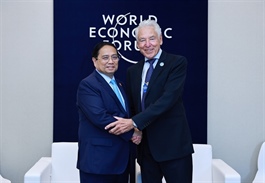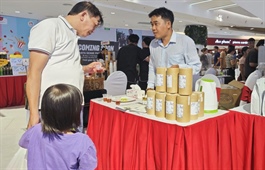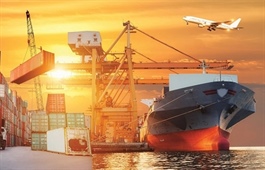FMCG groups seek ASEAN activity
FMCG groups seek ASEAN activity
As ASEAN markets deepen regional integration, non-tariff barriers remain a pressing concern for fast-moving consumer goods players. Nguyen Anh Dung, managing director of NielsenIQ for Vietnam, the Philippines, and Myanmar, talked with VIR’s Hoang Oanh about the most persistent challenges facing such firms when expanding across the region.
What are the most common non-tariff barriers encountered by fast-moving consumer goods (FMCG) companies when expanding their operations into ASEAN countries?

Nguyen Anh Dung, managing director of NielsenIQ for Vietnam, the Philippines, and Myanmar |
According to our observations during various regional expansion projects, non-tariff barriers are systematic and vary by country.
There are three main challenges typically encountered. First is the specific domestic regulations and standards for each market. Although they are all part of ASEAN, each country has its own legal system and product standards.
For example, a cosmetic label approved in Thailand may not be accepted in Vietnam unless the ingredient declarations or labels are adjusted. Similarly, in the food sector, regulations regarding packaging, nutritional information, or production dates can differ significantly.
The second factor is the barriers related to logistics and domestic distribution. Many global brands encounter difficulties when penetrating provinces outside major urban centres, due to fragmented distribution infrastructure and a lack of reliable local partners.
The distribution gap between urban and rural areas in many countries remains significant, directly affecting the rate of brand penetration. To overcome these barriers, companies need not only to understand the law but also to comprehend the market.
Cultural factors and consumer behaviour are also substantial challenges that cannot be overlooked. Differences in culinary preferences, such as spiciness in Thailand, sweetness in the Philippines, and Halal requirements in Malaysia and Indonesia, necessitate that businesses flexibly adjust their product formulations.
What factors do businesses regard as the most important when selecting an investment market in Southeast Asia?
When companies consider expanding into Southeast Asian markets, there is no one single determining factor. Rather, it is the combination of costs, policies, demographics, and consumer trends that creates sustainable competitive advantage. For instance, in the FMCG sector, consumer demand is always one of the key factors prioritised when choosing an investment market in Southeast Asia.
Our data indicates that brands are pursuing targeted purchasing power, where consumers are not merely seeking cheap products but are looking for those with, genuine utilitarian value, amidst continuing economic volatility. Ninety-two per cent of consumers in the Asia-Pacific region believe that purchasing products with, good value for money, is crucial. Sixty-nine per cent stated that they had shifted their spending from out-of-home activities to at-home experiences for the purpose of saving. Notably, 75 per cent are willing to spend more if the products help them save costs in the long term, indicating an increasing prioritisation of efficiency and sustainability.
In the context of economic competition and emerging trade trends, what notable changes has NielsenIQ recorded in the investment behaviour or product strategy adjustments of companies in ASEAN?
Companies in the region are not standing still. Our data reveals that many brands are reshaping both product strategies and investments, with a clear commonality of consumer-centricity in a world that is increasingly pressured.
Firstly, we observe a strong trend towards developing affordable alternatives that still maintain core benefits. This is a direct response to the demand from consumers for cost savings without sacrificing quality.
Secondly, many brands are shifting consumer experiences from outside to home, for example, healthcare products, personal care items, or convenience foods, in order to optimise costs and convenience.
Thirdly, brands are focusing on helping consumers see long-term benefits, rather than just selling at lower prices. Furthermore, consumer behaviour in the region is also changing: people are short on time, experience high stress levels, and prioritise health. Consequently, the successful brands are those that offer convenient experiences as well as health-benefitting products.
What does consumer data in Vietnam and beyond indicate about the willingness to accept new products and brands from ASEAN countries?
Consumer data from Vietnam and other ASEAN countries show an increasingly open attitude towards new products and brands, particularly from neighbouring countries. However, this degree of acceptance does not occur evenly and is heavily dependent on the economic context, consumer psychology, and specific product categories.
In Singapore, one-third of households are engaging in cross-border shopping, primarily to find better prices for essential products such as food, personal care items, and household products. Similarly, in Hong Kong, cross-border shopping is no longer a trend but rather a solution for accessing more reasonable options.
Thus, for new brands or those from other markets within ASEAN, investing in building brand visibility and testing the market via appropriate channels is an essential strategy.
- 10:11 26/06/2025


